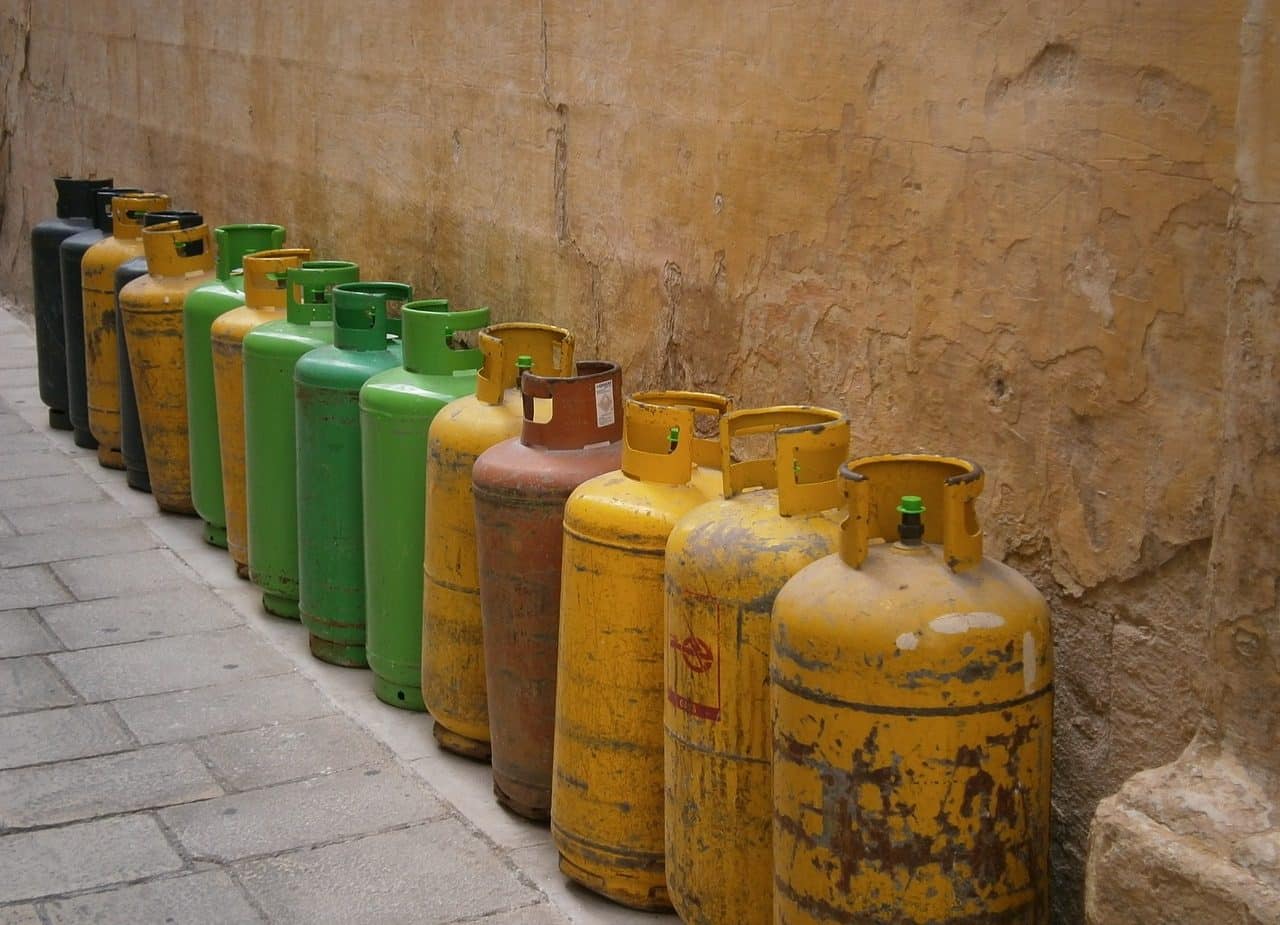
Amedeo Avogadro was born on August 9, 1776 in Turin (Italy).
Avogadro is the surname of a chemist and physicist who died at the age of 79 and who remained in history for his contributions to the field of science : in fact, today we know by name a law or principle and a number or constant. Amedeo Avogadro , the scientist in question, was born on August 9, 1776 in the Italian city of Turin .
It must be established that Avogadro gave an important boost to the study of atomic theory and that he developed his famous law based on other theories such as those created by Louis Joseph Gay-Lussac and John Dalton .
The recognition
It is interesting to know that, at first, when he made known his work and his aforementioned law, he did not have the support or interest of the majority of the scientific community . He was simply ignored although, shortly after, other scientists came to endorse his discoveries with their own that they had carried out on their own.
We had to wait a long time later for his work to be recognized. Specifically, this happened when works such as those by Alexander William Williamson, Charles Gerhardt or Auguste Laurent were presented that made it clear that Amedeo was right. And not only that, but they also showed that their statements and work were absolutely indispensable in the field of physics .

Avogadro's law refers to ideal gases.
Avogadro's Law
Avogadro's law refers to the characteristics of ideal (theoretical) gases . Avogadro warned that the relative densities of gases , when the same conditions of temperature and pressure are recorded, are proportional to their atomic weights. From this, he formulated his hypothesis: according to Avogadro , gases with the same volume, when measured under identical conditions of temperature and pressure, present the same number of particles (atoms or molecules).
By extension, Avogadro's law indicates that the number of molecules of two different gases occupy an identical volume when they are under the same temperature and pressure conditions.
Continuing with his reasoning, Avogadro postulated that one mole (unit of measurement) of different substances contains the same number of molecules. This number has a value known as Avogadro's number : 6.022045 x 10 to the power of 23 .
Avogadro's number , therefore, reveals the number of elementary entities ( molecules , atoms, ions, electrons) found in one mole of any substance. Regarding the mole, we must take into account that it is equivalent to the number of atoms present in twelve grams of pure carbon-12 .
Scientists who endorsed it
There are numerous illustrious figures who, throughout history, have not hesitated to highlight, in a forceful way, the important role played by Avogadro as well as his constant presence. Among the most relevant, the following stand out:
- The French physicist Jean Perrin , winner of the Nobel Prize in 1926 , who owed part of his work to the advances mentioned by Avogadro.
- The Austrian chemist and physicist Johann Josef Loschmidt , who is considered one of the first students of molecular size and atomic valence.
